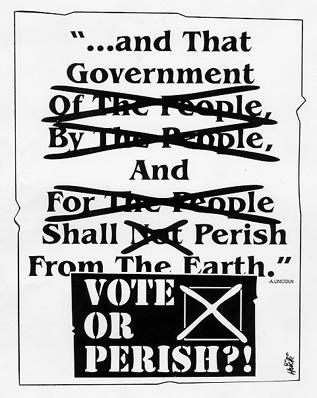|

Every ten years the federal government conducts a census. The
population count is the basis on which literally billions of dollars
are allocated for scores of federal programs, including highways,
hospitals, job training, women's, infants and children's food
programs, special education, child care services and crime victim
assistance.
The census is also the basis for the Congressional reapportionment
of U.S. House of Representatives seats and is used by the states to
redraw Congressional and state and local legislative election district
lines.
Historically, the census has undercounted the poor and minorities,
particularly in inner cities. Such undercounts are tragic, because
they have resulted in reduced funding and representation for those who
can least afford it.
Reasons for undercounting are many, including lack of
understanding, lack of interest, language barriers and people changing
addresses. "One of the biggest problems is that people don't
trust the government," says Robert Perez of the U.S. Census
Bureau.
Completing the census questionnaire is safe -- the information you
provide is strictly confidential and well-protected. By law the Census
Bureau can't share questionnaire information with others, including
welfare agencies, the Immigration and Naturalization Service, the
Internal Revenue Service, courts, police or the military. Anyone who
breaks this law is subject to years in prison and thousands in fines.
Individual records are held confidential for 72 years. In 2072, your
great-grandchildren may want to use census information to research
family history.
Because we've had a census every 10 years since 1790, we know how
far America has come and every man, woman and child counts!
|

